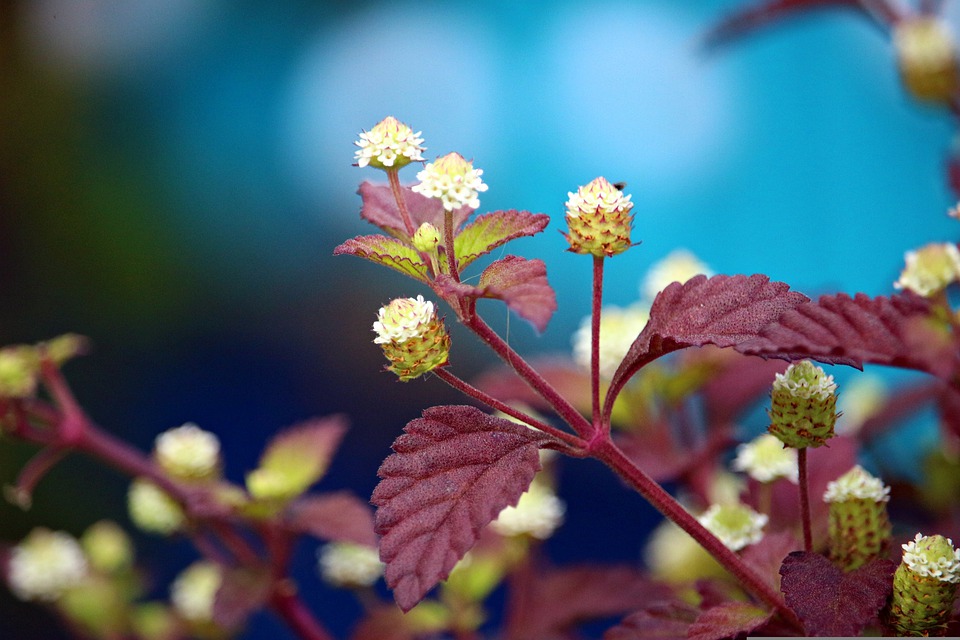Introduction:
Human beings have been using plants as medicine for as long as we have existed on Earth. However, because there have been many more people that are now using such plants in recent years, there has been a huge increase in demand for them.
In some cases, the overharvesting of particular herbs has even led to their endangerment. Awareness of this problem is very important in order to prevent their extinction.
Some endangered herbs:
Black Cohosh (Cimicifuga racemosa)
Native Americans used the tea of the Black Cohosh root to support women’s health ailments, such as during menopause and for menstrual issues. It is useful for easing arthritis and rheumatism symptoms, easing inflammatory conditions, and possibly for tinnitus.
Goldenseal (Hydrastis canadensis)
Native to North America, the root of the goldenseal plant was highly prized by the native peoples living along the East Coast for its value as an important immune supporting herb. It can be used for skin and other types of infections, congestion, and help support the digestive system.
Hawaiian Sandalwood (Santalum ellipticum)
This variety of sandalwood is found only to Hawaii. It has a long history of traditional uses including: for body care, skin care, as a natural perfume, antiseptic, as an incense in religious and spiritual practices, as an astringent, anti-inflammatory, immune support, and as an overall body tonic.
American Ginseng (Panax quinquefolius, Panacis quinquefolis)
A perennial herb native to Eastern North America, this woodland plant is valued by many for its root. American Ginseng has many healing properties, including adaptogenic, cardiotonic, and sedative, immune supporting, tonic, and stomachic. American Ginseng also supports the endocrine system and helps the body to adapt to many different stressors.
Bloodroot (Sanguinaria candadensis)
A perennial flowering plant native to the woodlands of eastern North America, the sap of every part of the Bloodroot plant is generally recommended for topical use only. Bloodroot is primarily used topically and is most known for treating skin conditions such as skin tags, moles, and eczema.
Wild Yam (Dioscorea villosa)
Native to North America, Mexico, and Asia, the roots and stems of this plant are used medicinally to reduce inflammation, as a digestive aid, support healthy blood sugar, antioxidant, relieve muscle cramps, help support a healthy metabolism, enhance virility, and support healthy cholesterol levels.
Rosy Periwinkle (Catharanthus rosea)
Native to the forest, woodlands, and grasslands of the island of Madagascar, this wonder herb has been found to help the body heal from malaria, and to support the body when dealing with Cancer, diabetes, and Hodgkin’s Lymphoma.
Eyebright (Euphrasia officinalis)
The stem, leaves, flowers of the Eyebright plant are edible and have medicinal properties. This plant is used to treat eye health issues such as eye inflammation, conjunctivitis, cataracts, and styes, as well as respiratory conditions like bronchitis, colds, and allergies, and skin issues such as acne and stretch marks. The Eyebright plant may also help to perk up memory.
Slippery Elm (Ulmus rubra)
Native to the Eastern and Central U.S. and into Canada, the mucilaginous inner bark of this tall flowering tree has many uses, including soothing coughs and the throat, soothing inflammatory conditions, and supporting the digestive, glandular, and urinary tract systems.
Conclusion:
One of the most important things that we can do to help endangered medicinal plants is to become aware of their endangerment and to purchase them only from well-respected sustainable companies that do not overharvest these endangered plants in their natural habitat. In many cases, the best practice of the sustainable herb companies is to cultivate such plants on farms and to avoid harvesting them from the wild in the first place.
